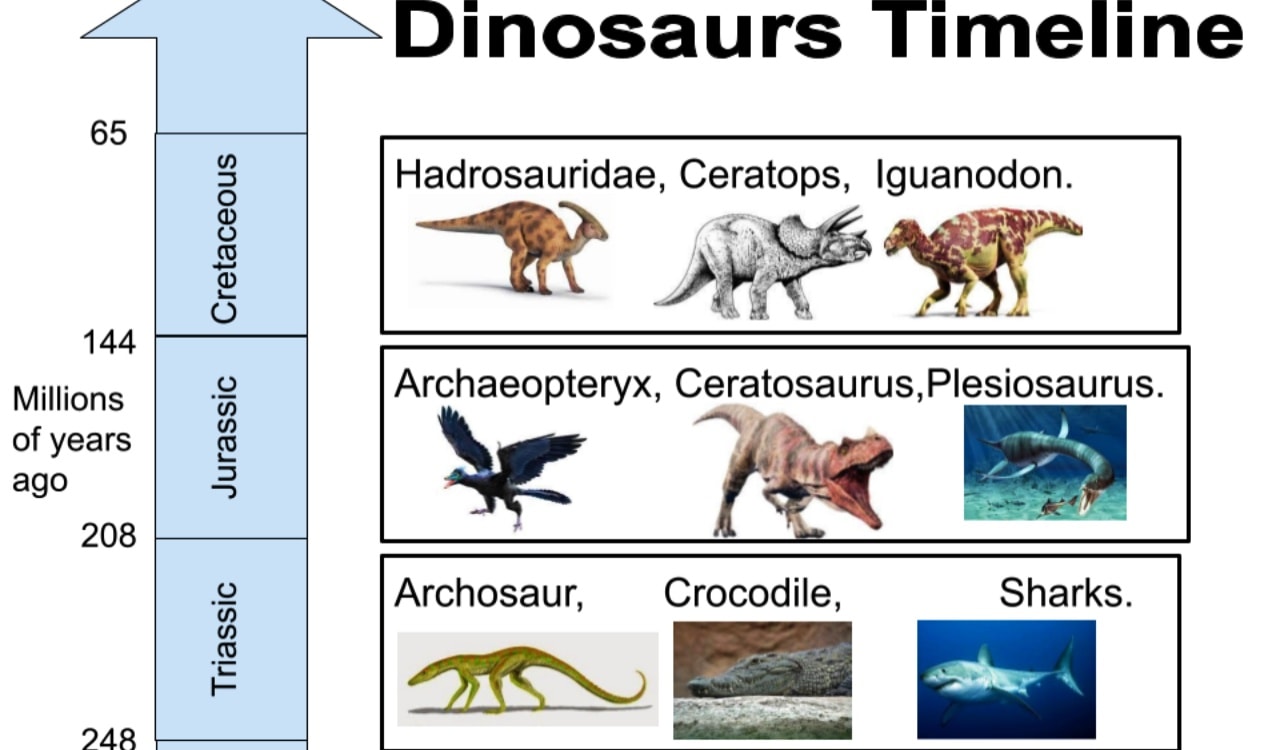The Jurassic Park franchise is one of the most successful in Hollywood at the moment. In fact, a new film called Jurassic World Domination will be headed to theaters in June 2022. Many of us likely fell in love with dinosaurs as kids due to these films, with many more kids falling in love with them from the new movies. However, it should be noted that Jurassic Park should not be looked to for accurate dinosaur information. In fact, the franchise has made countless historical and scientific mistakes throughout its films.
Steven Spielberg helmed the originals and now Amblin Entertainment, Inc. is responsible for the production of the new ones. Amblin is, of course, was founded by Speilberg himself. Thus, he has had a heavy role in this franchise even if he is not directing or writing them all. Now he is mostly operating as a notable producer, but he likely should be pointed to for MANY bad dinosaur facts. He was likely responsible for most of the terrible Jurassic Park factoid blunders, but several other writers and directors for the franchise should hold some blame too. Let’s examine several of these mistakes and why they are so bad.

The Name Itself Is A Problem
The name “Jurassic Park” is hard to get out of our heads today, right? However, it is actually a terrible name for a movie about dinosaurs. Sure, the movie was named after the park where the dinos were. This is true, so we’re saying the park name was bad and thus the movie by proxy. For those unaware, the Jurassic Era began around 201 million years ago but ended about 145 million years ago. Why did it randomly end at that point? By 145 million years ago, we were entering the start of the Cretaceous period. As it happens, most of the well-known dinosaurs actually popped up around the world during THAT era.
Therefore, the Jurassic period was too early in history for most of them. Yes, some did pop up in the Triassic and Jurassic, but simply not most of the ones we think of today. On top of this, it was a period when one of our five major extinction events took place. The producers of the movies likely assumed the Jurassic era was the entire part of the Mesozoic Era and nothing else mattered. Yes, this era was host to the dinosaurs. However, the Mesozoic involves the Triassic, Jurassic, AND Cretaceous periods. It is likely the writers assumed dinos began in the middle of this era and not at the end of it.
